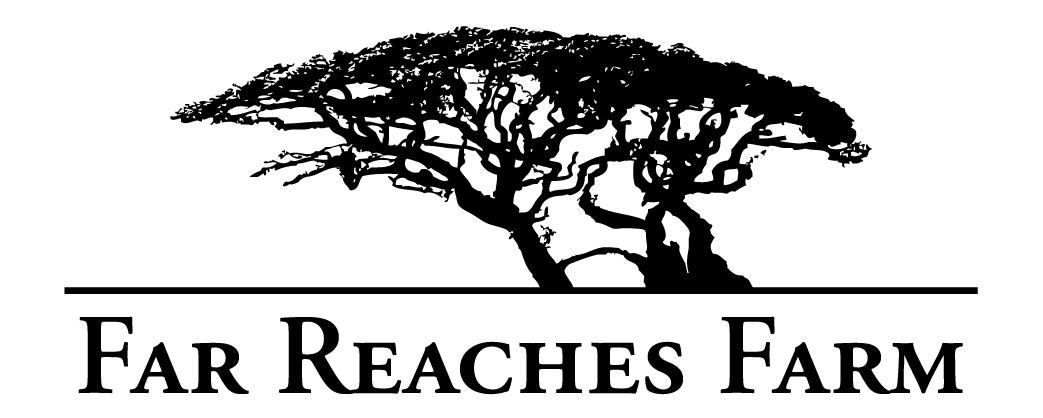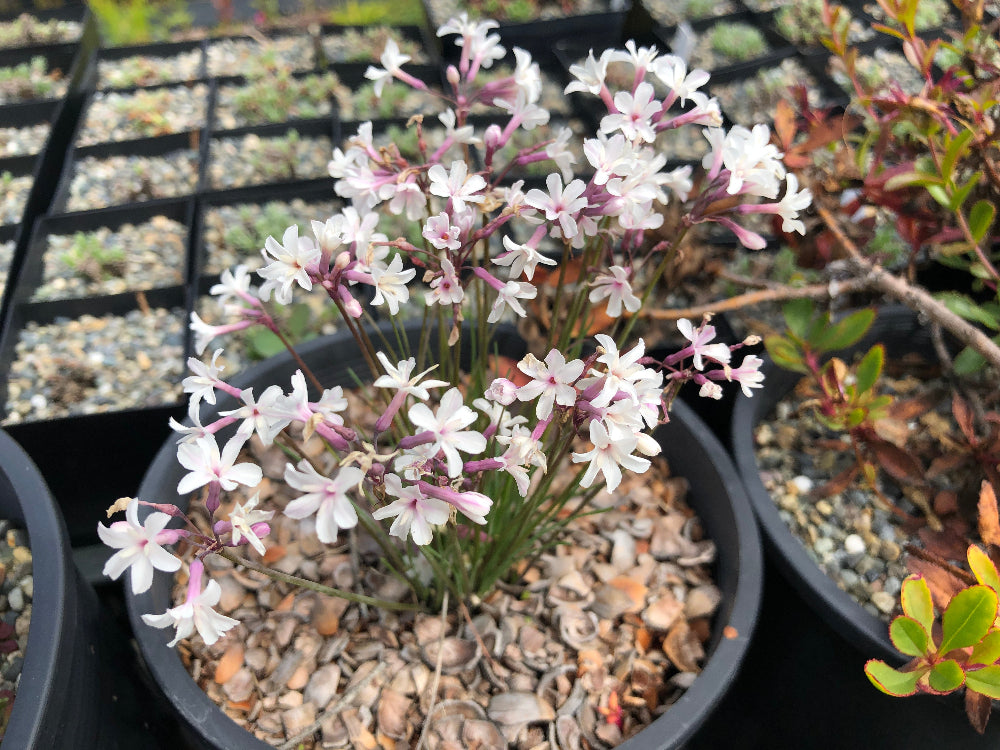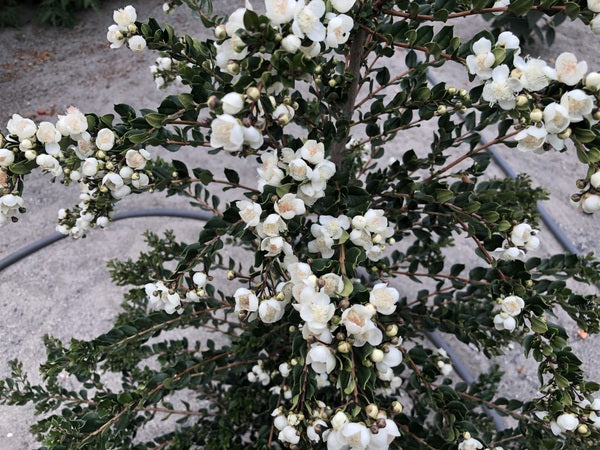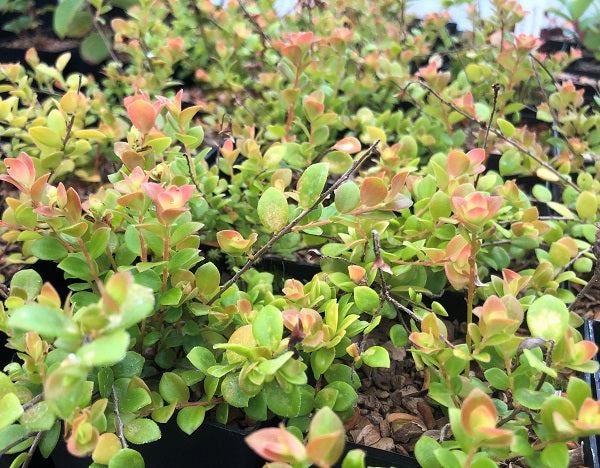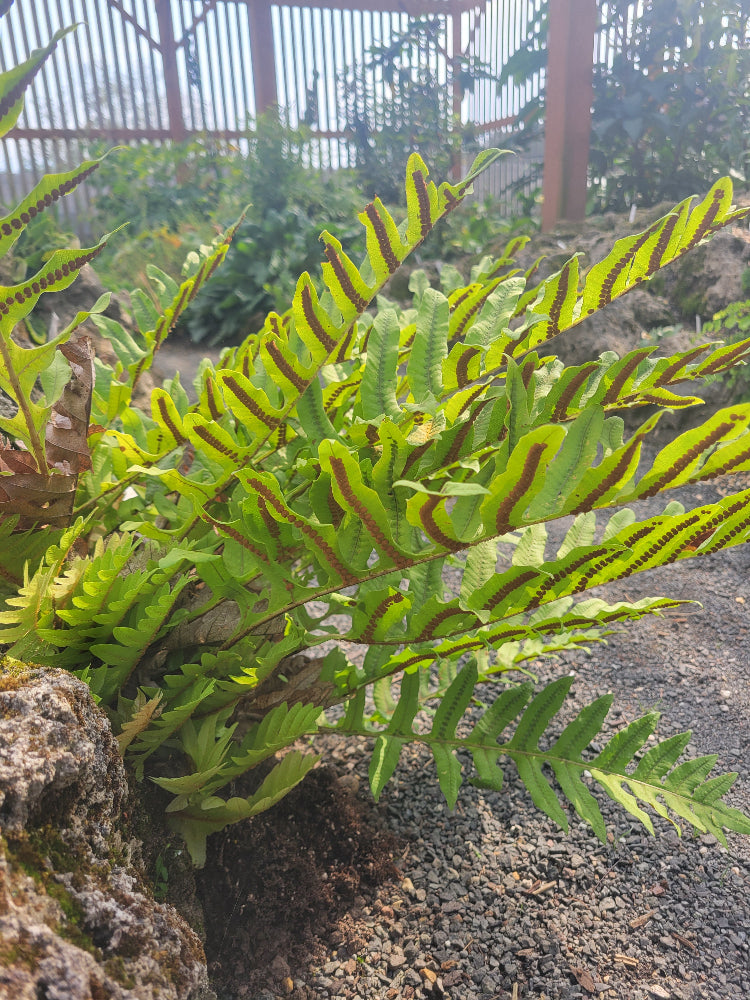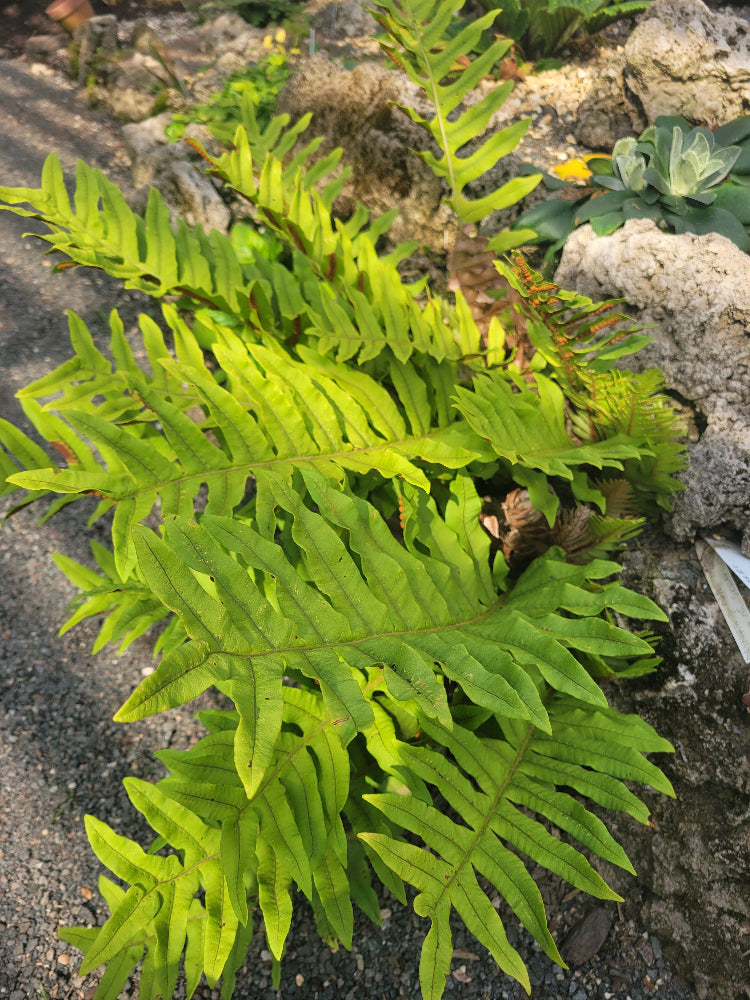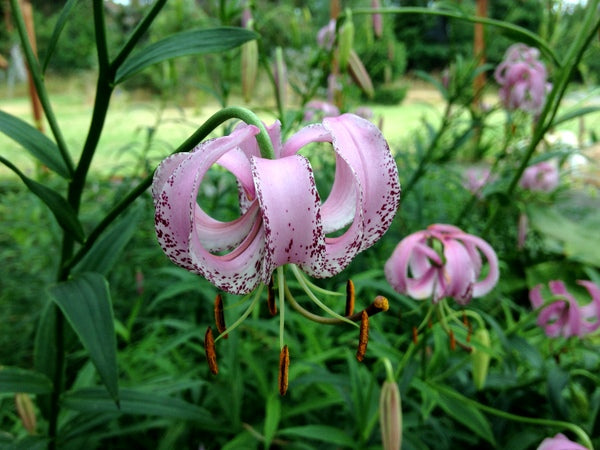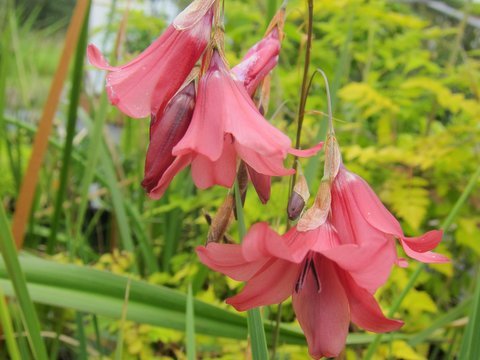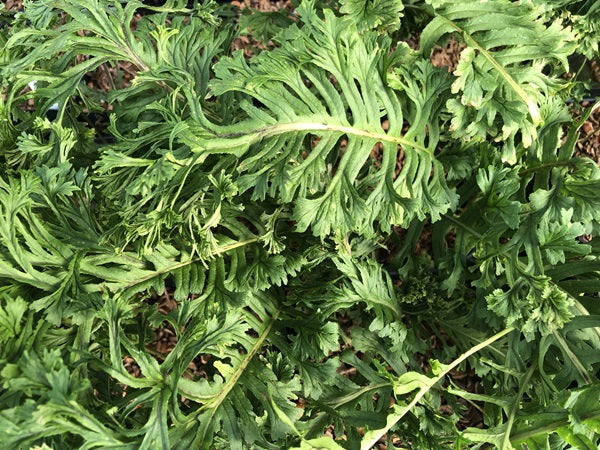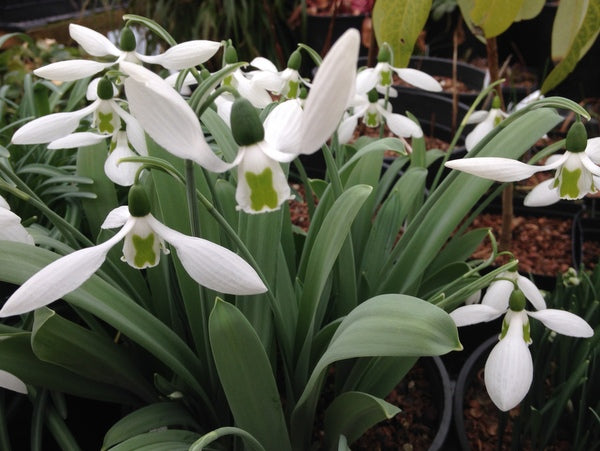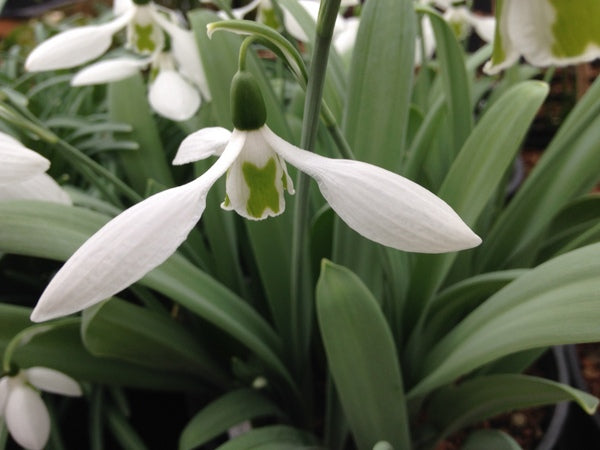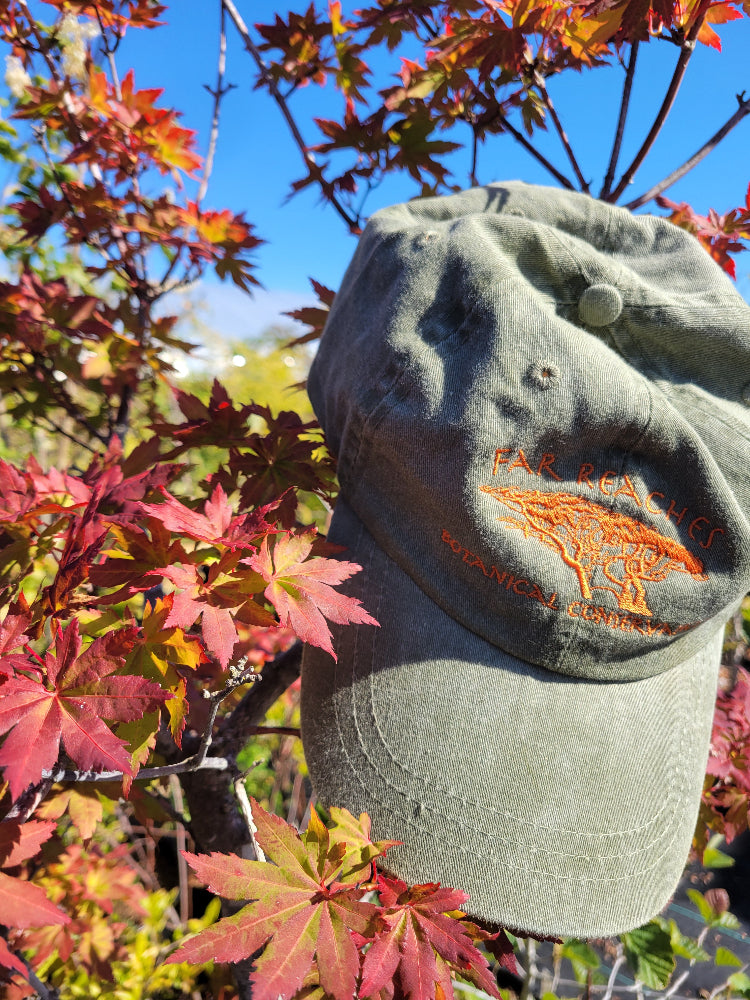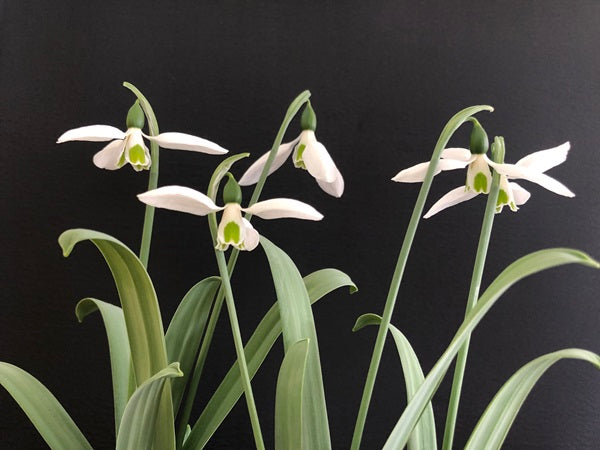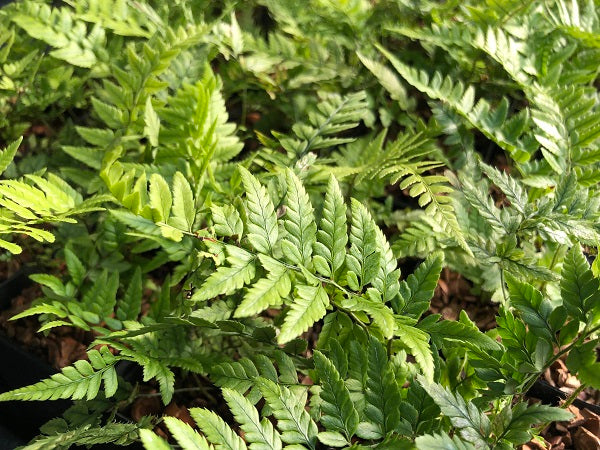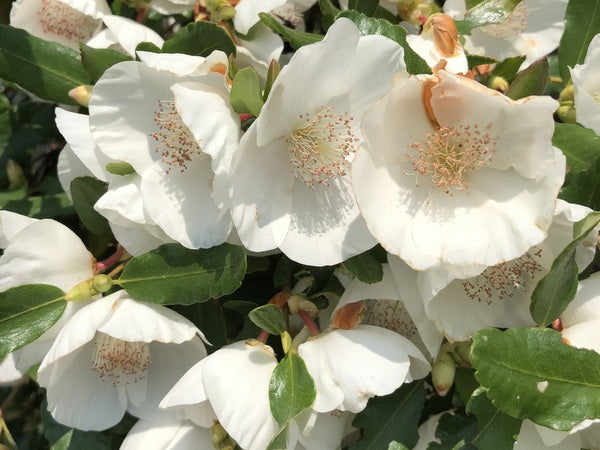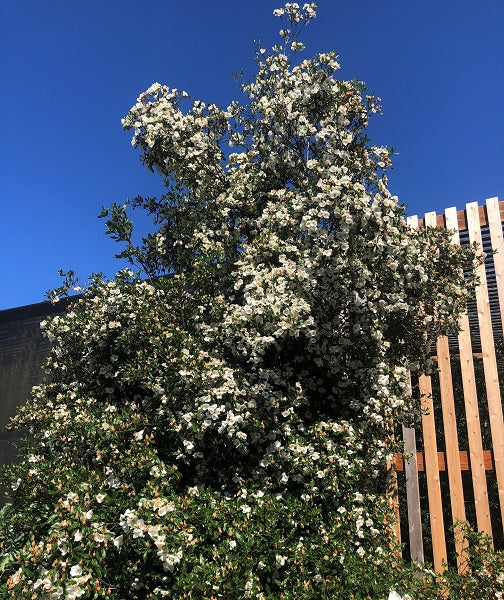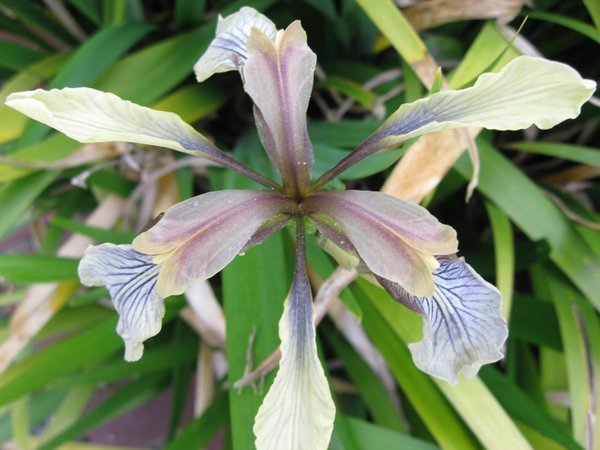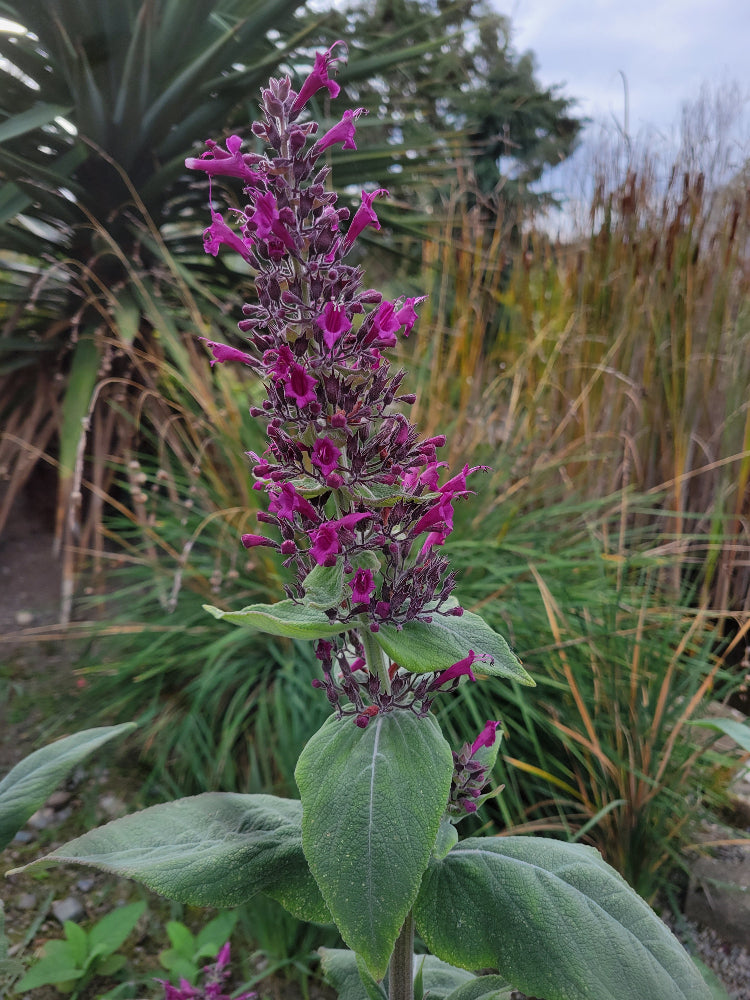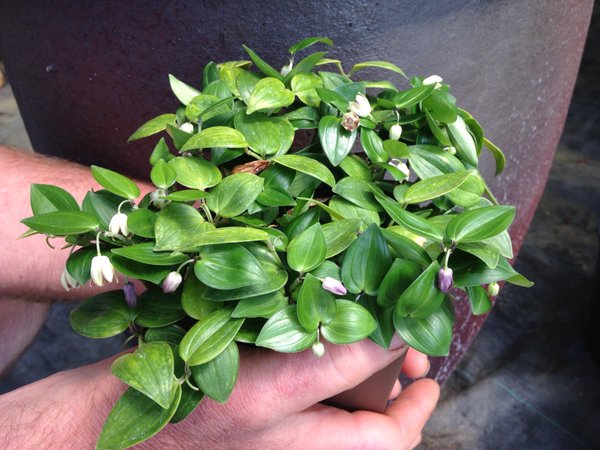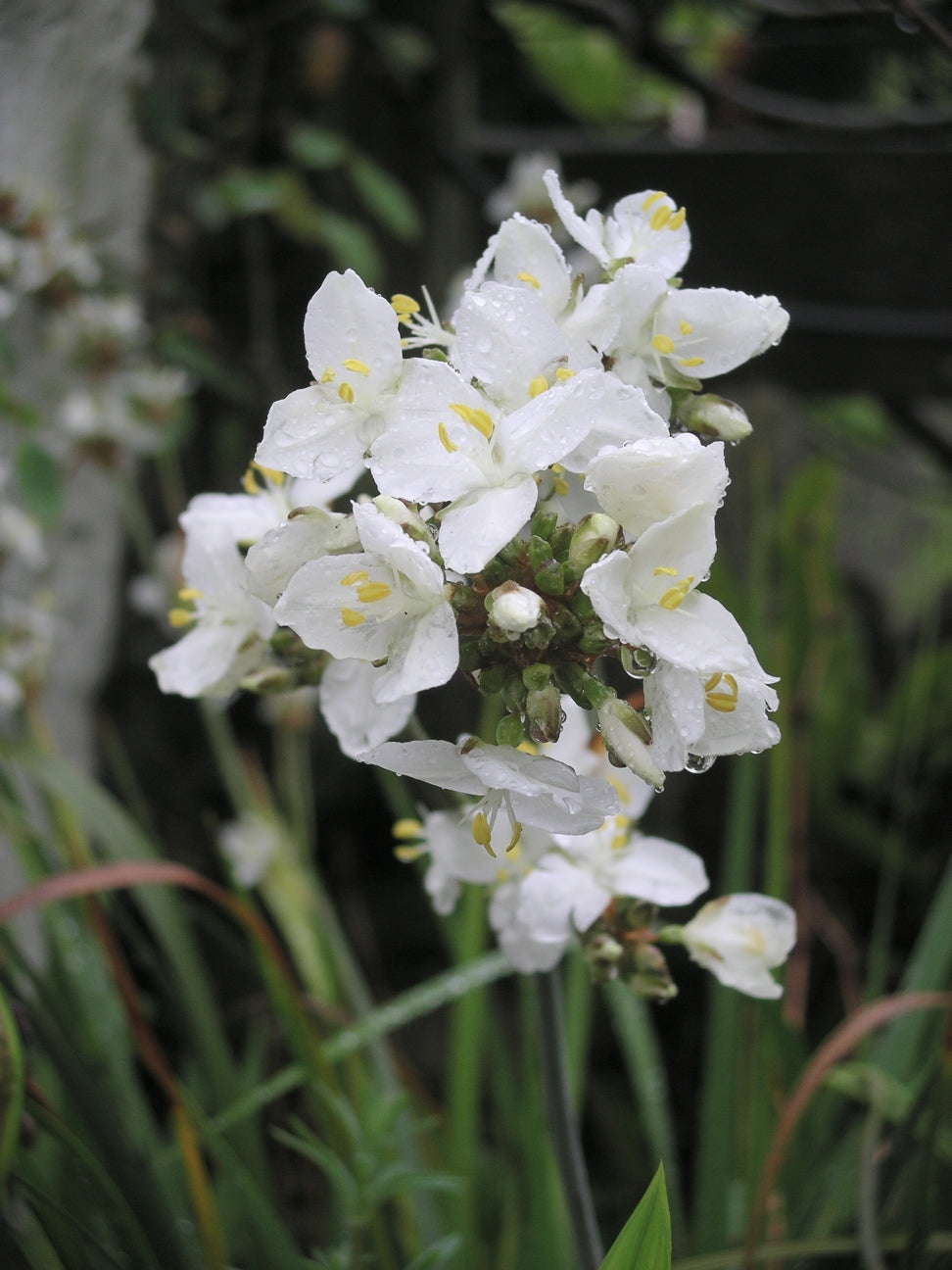Sort by:
38 products
38 products
Perhaps polite society really is dead, or at least polite society garlic. This poor little fella is quite possibly extinct in the wild, or at the very least critically endangered and restricted to a tiny area of the Eastern Cape in South Africa. If that's not enough to elicit your sympathy then the sweetly fragrant soft pink flowers are sure to win over your heart, and make you forget for a blissful moment the comparatively uncouth smell of the foliage (though that provides it with deer resistance. Drought tolerant and desirous of fair drainage but otherwise easy going for a South African bulb.
This basket fern was fairly coating the host tree from whence it was collected on the slopes of the ominously named Daheishan or black mountain in Sichuan. This has shown good vigor in pots and has also proved hardy outside in our tufa wall thus far, shockingly good performance for this usually tropical genus! Desirous of good drainage and a bit of room for its chunky rhizomes. The green fertile fronds will go dormant during winter leaving the skeletal sterile basal fronds to collect food for next year.
A Far Reaches Botanical Conservancy
A plant of many names, 'Grandiceps', 'Grandiceps Group', 'Diane' here we have opted for crediting the original selector of this strongly crested form of our native licorice fern, Lawrence Crocker cofounder of Siskiyou Rare Plant Nursery and resident fern man. The edges and end of the fronds are highly curled and rippling ready to lend a flamboyant touch of crashing evergreen waves to the boulder or log of your choosing.
Like lots of things we sell here, we searched near and far for the ideal Far Reaches cap and this is it! Distressed 100% cotton in a variety of colors with a sweet antiqued brass buckle for a custom fit. We had it embroidered with our logo by a small shop in town to help support our little local economy.
A very nice Rhody we originally brought over from Borde Hill which has big white flowers touched in pinkish striping and flushed yellowish-green in the throat. And very fragrant as are most of this group. Suited for mild gardens or as a very attractive container plant to bring into the sunroom for winter. A friend grows this well next to their house on Bainbridge.
These are seedlings from some of our selected varieties of this European iris which is stinkin' good like a fine Camembert rather than stinking like overripe gym socks. We haven't flowered or fruited this but we have varieties with purple flowers and yellow highlights as well as yellow with purple highlights, the very showy fruit can be shades of orange or white. Whatever you get will have nice broad evergreen leaves and a long season of interest on a tough and reliable plant!
A collection of this striking Baja endemic mint relative by FRBC board member Cody Hinchliff. A tower of felty, silver-green, arrowhead shaped leaves erupts into a spire of hot pink tubular flowers in autumn provided great late-season pollinator food. Foliage stays evergreen in very mild climates but for us dies back, leaving its well root hardy nether regions to rest until spring. Both leaves and flowers smell of a fruity cleanser, with the flowers being thankfully heavier on the former, darn I was hoping for a whiff of Baja Blast. Extremely drought tolerant and happy in a sunny well-drained spot.
Our collection from Guizhou in an area famed for its vast diversity and density of Rhododendron species. It was really quite staggering to see the Rhododendrons dominate the landscape even in the fall when all was out of flower. This little Mondo Grass grew as part of the herbaceous understory and had narrow evergreen leaves to 6" with 8" flower stems bearing up to 7 glossy blue-black fruits. Part of our mission here at the nursery is to provide wild-sourced plants in genera that is confused taxonomically in hopes more light can be shed. A portion of the proceeds goes to the Far Reaches Botanical Conservancy.
